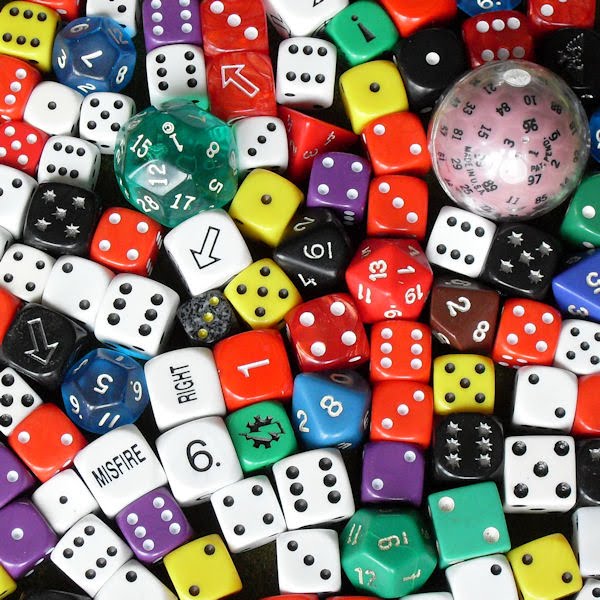EDITORIAL: Breaking the game

The rulebook makes it relatively easy to get together with a gaming buddy and play a game with two equal armies in a balanced scenario. In this post, we’re going to be looking at the main ways you can expand on that and break the game.
Hi folks, Col. Corbane from Corbania Prime back again with more non-competitive shenanigans. In my last post, we looked at the origins of the games we play and how their roots were in the co-operative roleplay genre. Over the years, they’ve slowly evolved to the more streamlined balanced competitive systems we have today. I’m not saying that the systems are perfect, but anyone who remembers the early days can testify the rules are a lot cleaner now than then.
Another thing that has changed over time is the ownership of the game, in the early days the rulebook was a basis for you to build on. There were no set scenarios or army lists and it was very much down to you to decide how you wanted to play it. As the rules got tightened and more structured with set balanced scenarios and army lists, the rulebook started to dictate how the game should be played.
For those who are new to the hobby and haven’t played the earlier editions or other more open systems, it’s easy to fall into the trap of thinking that it’s the only way to play the game but us old timers remember different. In this series, I’m going to be looking at various ways to break the game and take it back to it’s roots. There’s various ways to do this and we’ll be looking at them all more closely at the series progresses but in the meantime, I thought it’d be a good idea to introduce the two main ones.
The first and the simplest is narrative gaming, which is gaming based on a story. The army lists, force organisation charts and set scenarios go out of the window. Instead you start with a storyline and develop your own scenario based on the story, from there you decide what forces would suit the story. They don’t have to be balanced, life rarely is, what’s important is that they make an interesting story and therefore game.
As an example, think of an heroic last stand scenario where the defenders are vastly outnumbered and there’s no doubt that they’ll die. How long could you hold out against those odds? What if you by some miracle survived? You’ve probably had situation like this already where a game has gone horrendously wrong for you and then you’ve pulled it back at the last moment against the odds. These are the gaming moments we all remember and narrative gaming is perfect for setting up the most memorable games you could play.
Next up, we have homebrew rules which is real game breaking. This can be as simple as changing the way turn phases work so that you take turns in moving units, shooting and assaulting to adding rules for off table support in the form of preplanned artillery barrages. There’s no real limit to what you change and what effect these changes will have on the game, it’s all down to giving it a go and finding out for yourselves.
Finally, we have campaigns which deserve an honourable mention. Although they don’t have to directly break the game and can be played with the normal scenarios and army lists, they do proved an excellent opportunity to expand the game. They do also offer numerous ways to break the game but as with all game breaking, that’s completely down to you.
So, there you have it, a really basic introduction to the main ways to break the game and expand it into so much more. We’ll be exploring each of these later in the series but for the next post. we’ll be looking at what breaking the game has to offer competitive players and how it can help you become a better player in the next post.





